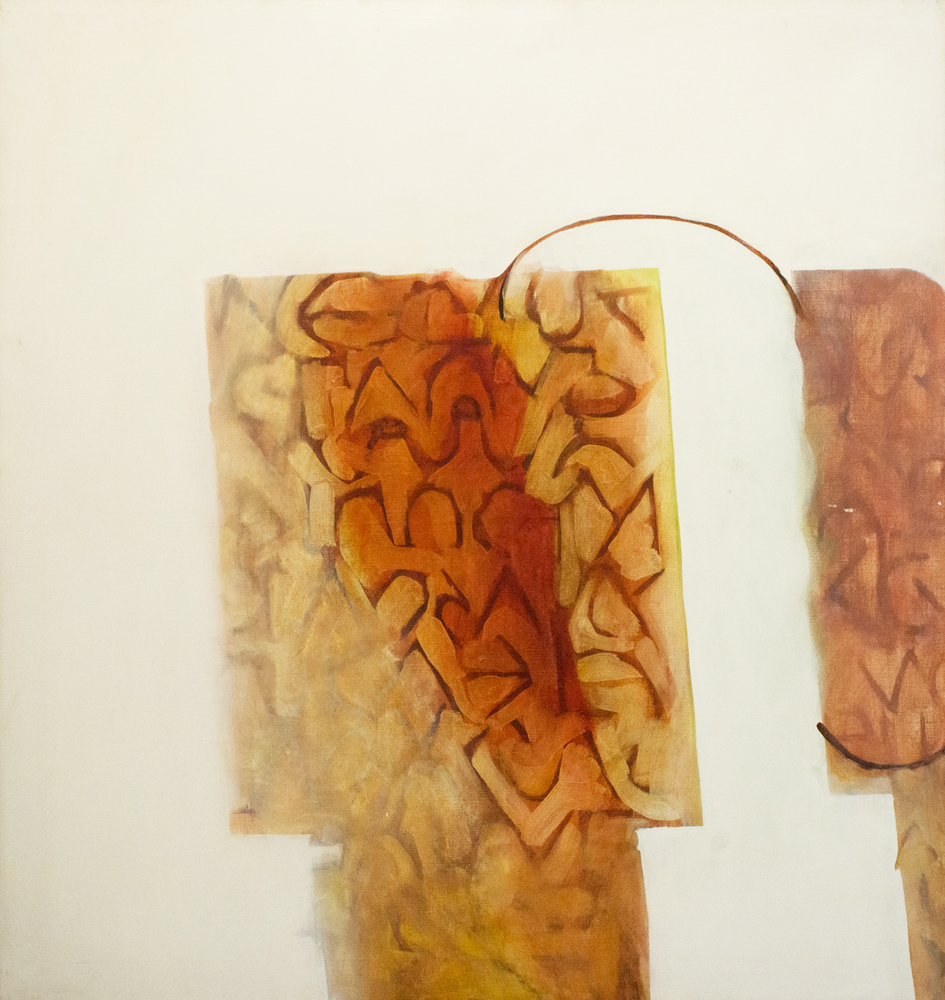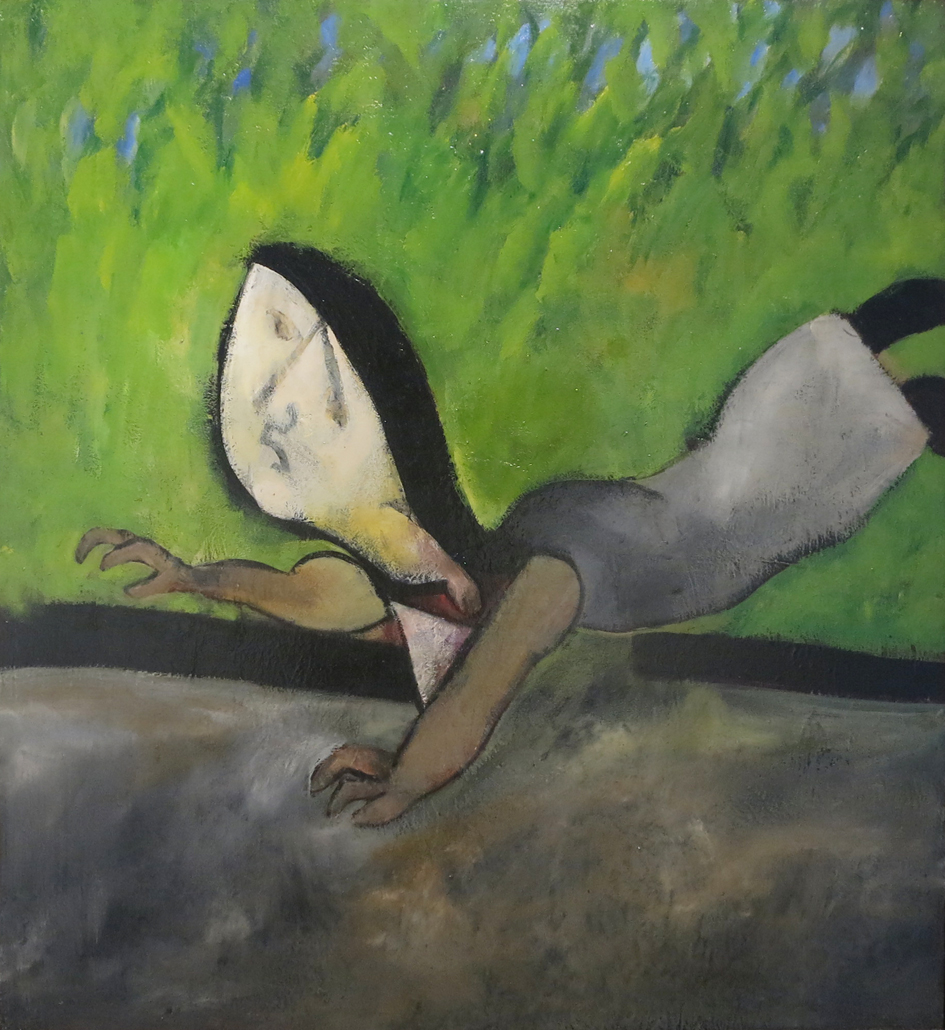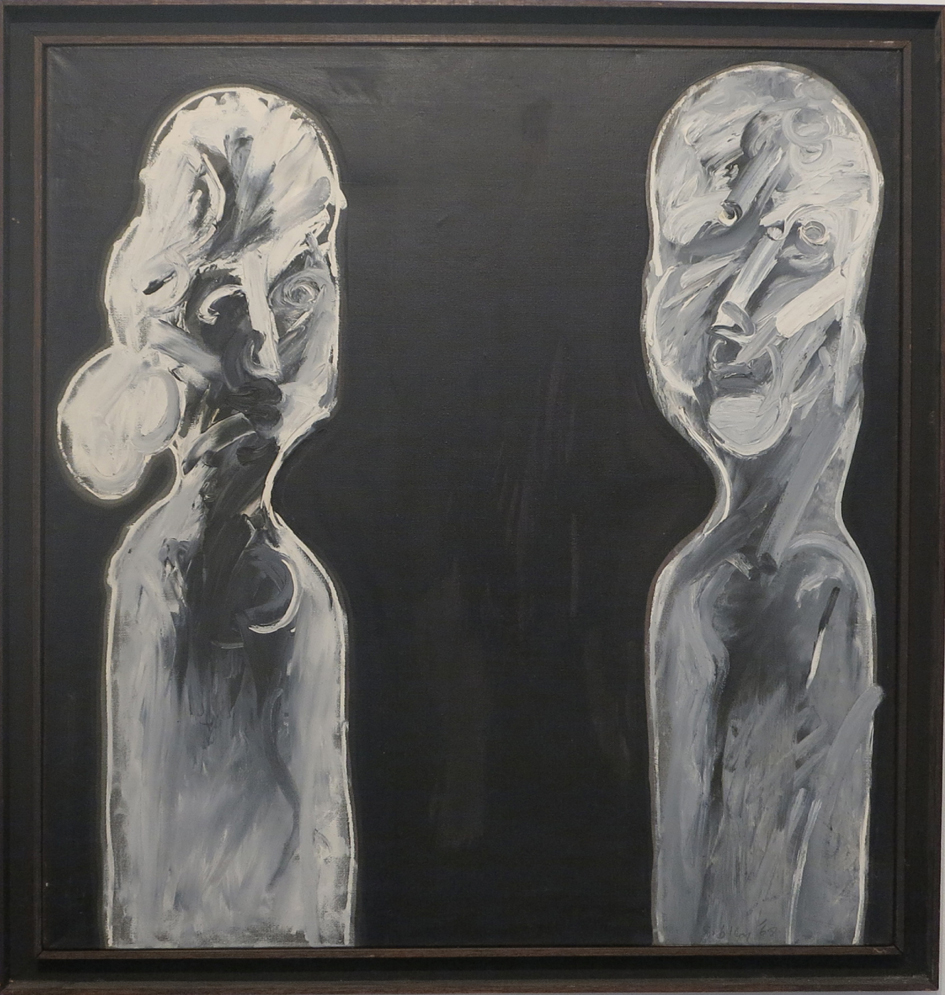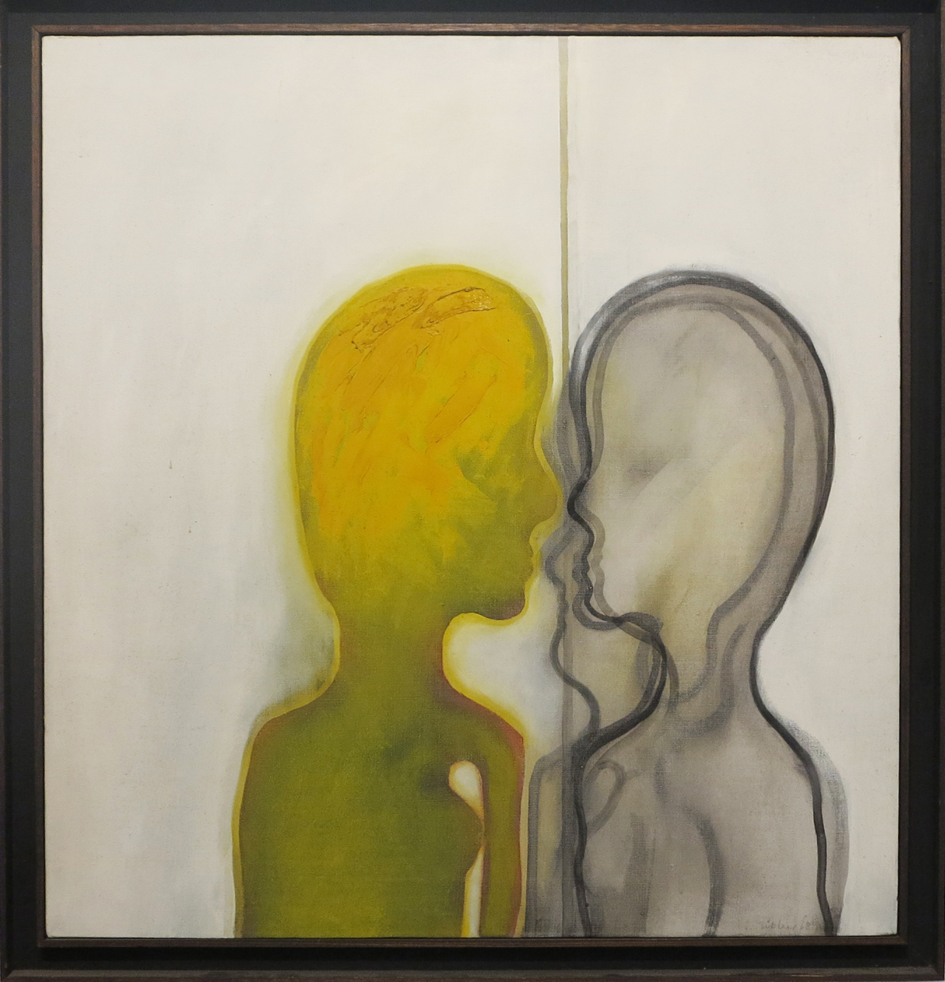Introduction -
Andrew Sibley - Early Paintings Last Drawings
Kick Gallery 4 Peel Street Collingwood
‘The first time I met Andrew Sibley I was not aware of his extensive reputation. I met Andrew in 1975 as an RMIT student and I was coming of age at the tail end of Whitlam-era experimentation. It was a glorious unhurried time and along with Andrew were Jan Senbergs, George Baldessin, James Meldrum, Peter Clarke and Les Kossatz as his formidable teaching colleagues. I did not yet know that he was a significant Australian artist who from the late 1950’s was regarded as a prodigious talent. Nor had I yet encountered his unique ability as a teaching artist to raise in his students a curiosity for the ironies of life and the psychologically dark terrains of human nature. By the time I had met Andrew he had already moved well beyond the simpler narrative and expressionist impulses of his early works and was completely absorbed in developing ambitious multi-layered human entanglements painted on sheets of Perspex. To us, his work looked all at once powerful, innovative, funny, tender and kind of dangerous. He was a huge figure in our young lives – a mischievous and charismatic force.
By 1980, the earlier 1960’s paintings of Andrew Sibley such as those presented here at Kick Gallery became of increasing interest to our artists’ cohort. Unexpectedly the world of contemporary art began to turn back to painted expressionistic images, utilising the figure once more. The early eighties zeitgeist was such that many young artists world-wide had embraced a version of what became known variously as ‘neo-expressionism’, ‘trans avant-garde’ and ‘bad painting’. For those of us who at the time followed Andrew’s work as ex-students we found a prescient quality in these early works. In particular, there was Andrew’s unwavering commitment to painting itself, to painting the human condition (in the face of dominant formal abstraction and conceptual art) and his obsession with what he referred to half-jokingly as ‘the gestalt moment’. And yet Andrew was not particularly feted or even included in this important wider return to figurative painting. Perhaps with an artist like Andrew Sibley the singularity of style and vision marked him forever as a lone wolf. He was not one for shifting even slightly to align with the times.
Looking back now on a work like ‘Couple’ from 1968 for example, I can see clearly how influential he was for us in terms of marking out the joys and sorrows of human encounter and yet the work seems entirely of its own world. The biomorphic forms, the proscenium-like space and the moment of trepidation before touching another human being are forever his. But also there was also and continuously an underlying sense of acute simple observation. And so, turning to the very late drawings presented here, coming as they have right at the end of a very long life of making, we see the artist re-setting and returning to a much earlier mode of looking and putting. Sad as the circumstances of their making are, these drawings properly close the circle. They are immediate, beautiful and insightful renderings that show to the very end his ever-present desire to draw out inner psychologies. Andrew used to say that ultimately painters make the same picture over and over again. He may just have been right.’
Jon Cattapan | Artist | September 2015




